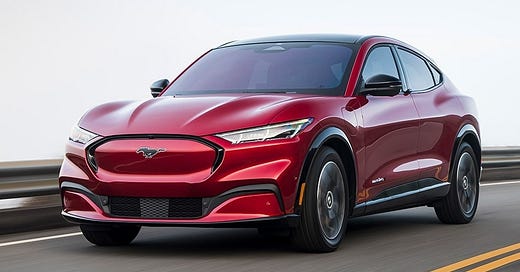The rise and fall of the US auto industry
DOT ought to convoke a national dialogue seeking renewal
The Ford Motor Company was founded by Henry Ford in 1903. The Ford Motor Company sold 4.4 million vehicles in 2023, providing a revenue of US$176.2 billion. Ford is the second largest U.S. automaker, behind General Motors, and the sixth largest in the world behind Toyota, Volkswagen, Hyundai, Stellantis, and General Motors. Ford’s classic strategy was to focus on efficient production methods in order to make cars affordable for the middle class. This strategy to some extent was followed for decades, although Ford created the Mercury in 1939 as a higher price companion to the Ford, and Henry Ford purchased the Lincoln Motor Company in 1922 to compete with Cadillac and Packard in the luxury car market. These initiatives evolved into a “Lincoln-Mercury” division in the late 1950s. The Ford Mustang was introduced at the 1964 New York World’s Fair, on a pavilion made by the Walt Disney Company. Following the financial crisis of 2008, Ford did not have to be rescued by the feder…


